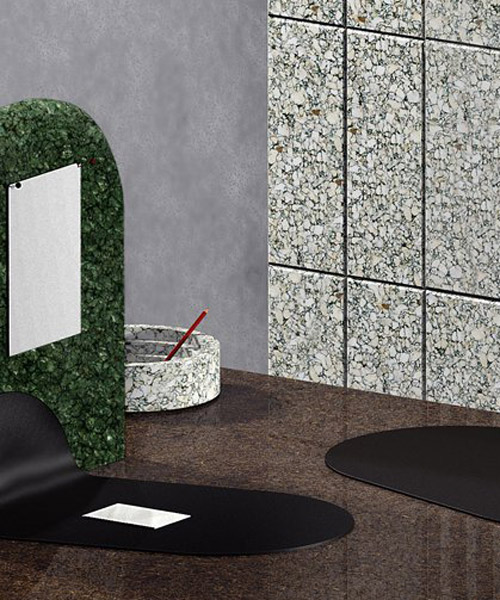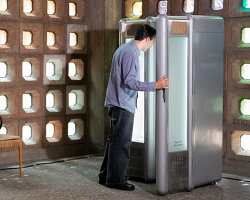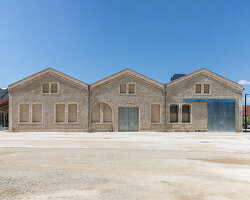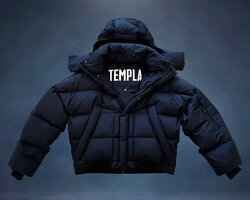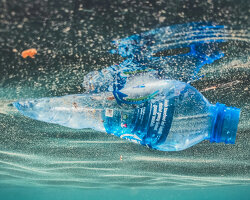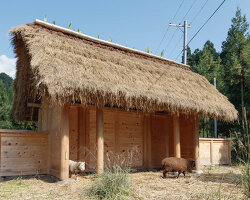with the scientific expertise of the ENSIACET laboratory, studio thomas vailly has investigated for atelier luma, the potential of creating new materials from the by-products of sunflower crops. the project, ‘sunflower enterprise’ explores how sunflower biomatter can be transformed to form a range of new bio-based and biodegradable materials. from a tiny bolt, to a large insulation panel, or even a smartphone case, a vast number of applications of what was previously considered waste has become possible.
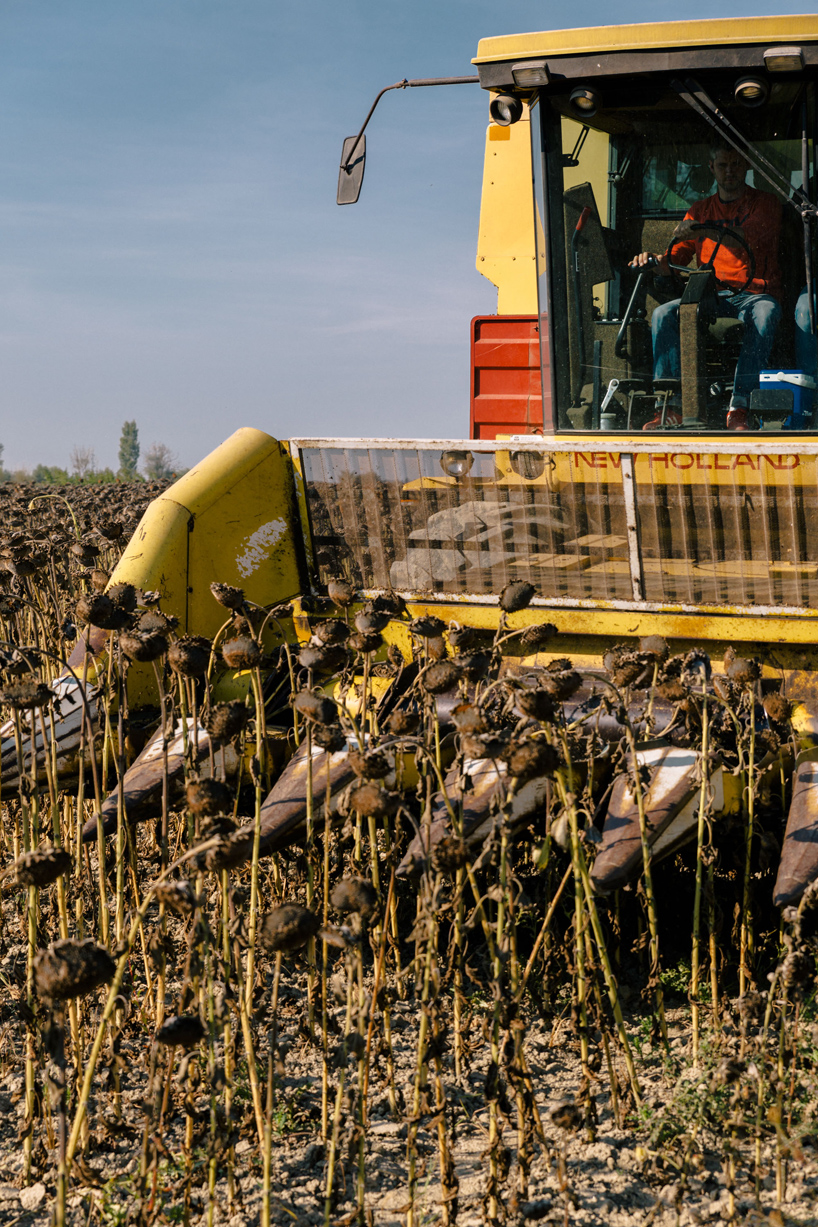
image © atelier luma / jean-baptiste marcant
sunflowers are commonly farmed to produce oil, seeds or bio-fuel. after pressing the oil out, one part can be used as animal feed – the ‘presscake’ – but most of the crop remains unused. the stalk’s foamy structure, the strong fiber of the bark or the flower’s dark brown proteins are left behind. this agricultural waste can be valuable resources to produce novel bio-materials.
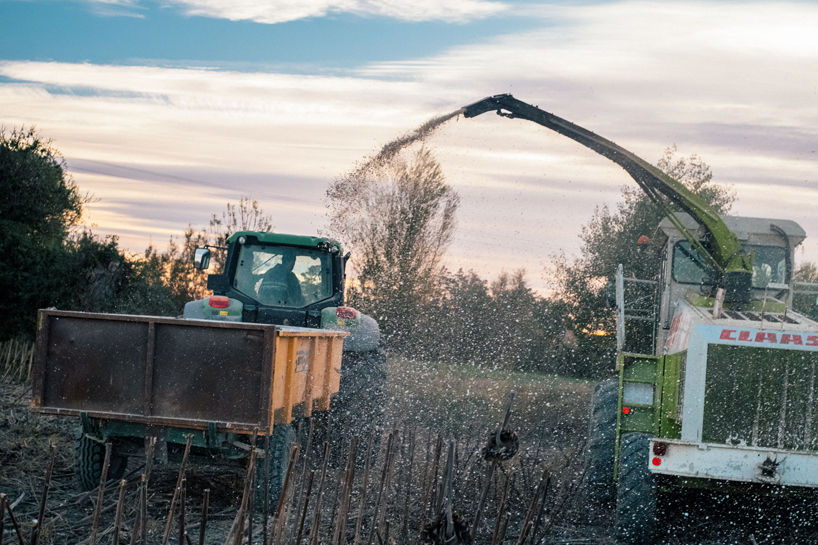
image © atelier luma / jean-baptiste marcant
based on scientific papers (marechal & rigal, 1999) (evon et al., 2014) (rouilly et al., 2006) a system of bio-materials using exclusively sunflower by-products has been investigated and designed. all the necessary ingredients are extracted from the sunflower crop using no synthetic binder and no toxic varnish. the ‘presscake’ – the remains of the sunflower seed after the oil has been extracted – is turned into a waterbased glue and heat pressed into a thin and flexible film resembling leather.
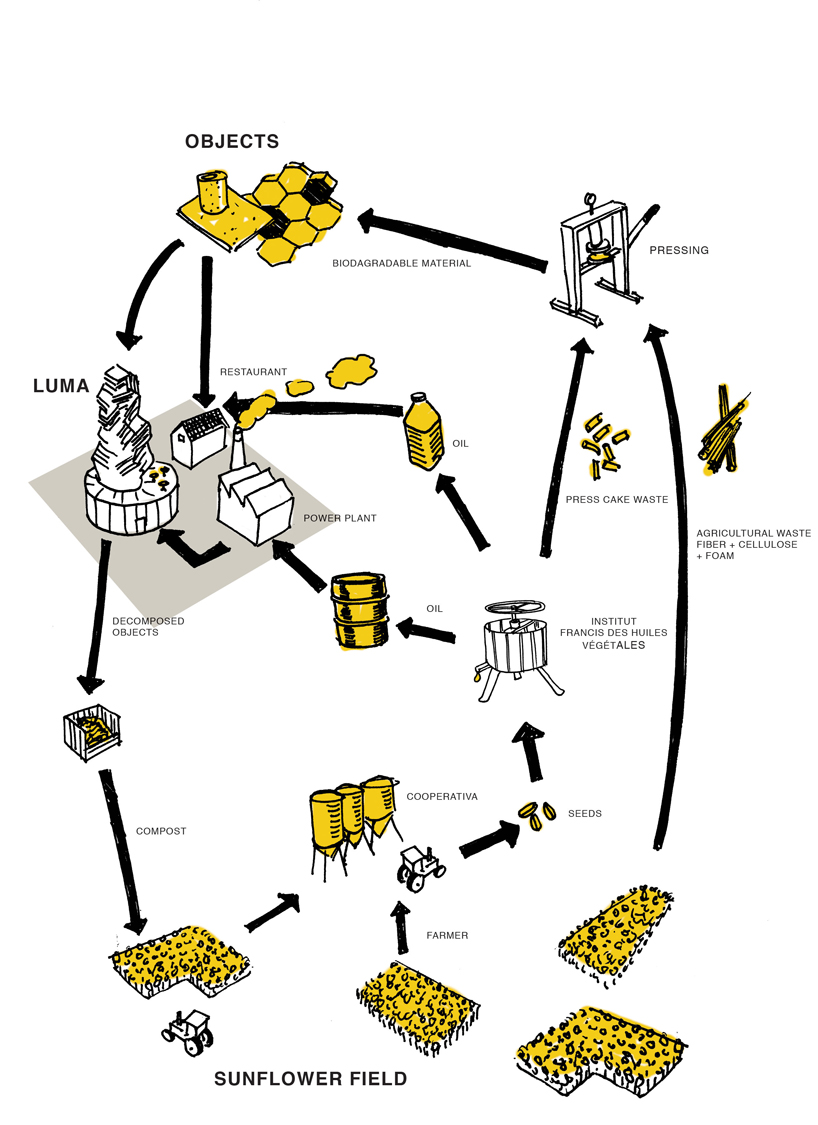
traditionally, only the flower head is harvested in late summer, however, the stalk of the plant can also be used. harvested a month after the flower head, the bark (fibers) can be separated from the marrow (foamy structure). the bark’s fibers are then heat pressed into hardboard while the marrow is shaped into an aggregate, providing a natural alternative to polystyrene. these different bio-materials can be coated with a sunflower varnish to enhance their resistance to water, while the glue extracted from the seeds is the perfect adhesive to assemble the various materials. the project by studio thomas vailly and atelier luma, in collaboration with ENSIACET laboratory, realizes the potential uses of a material previously considered as waste, to create a range of sustainable products.
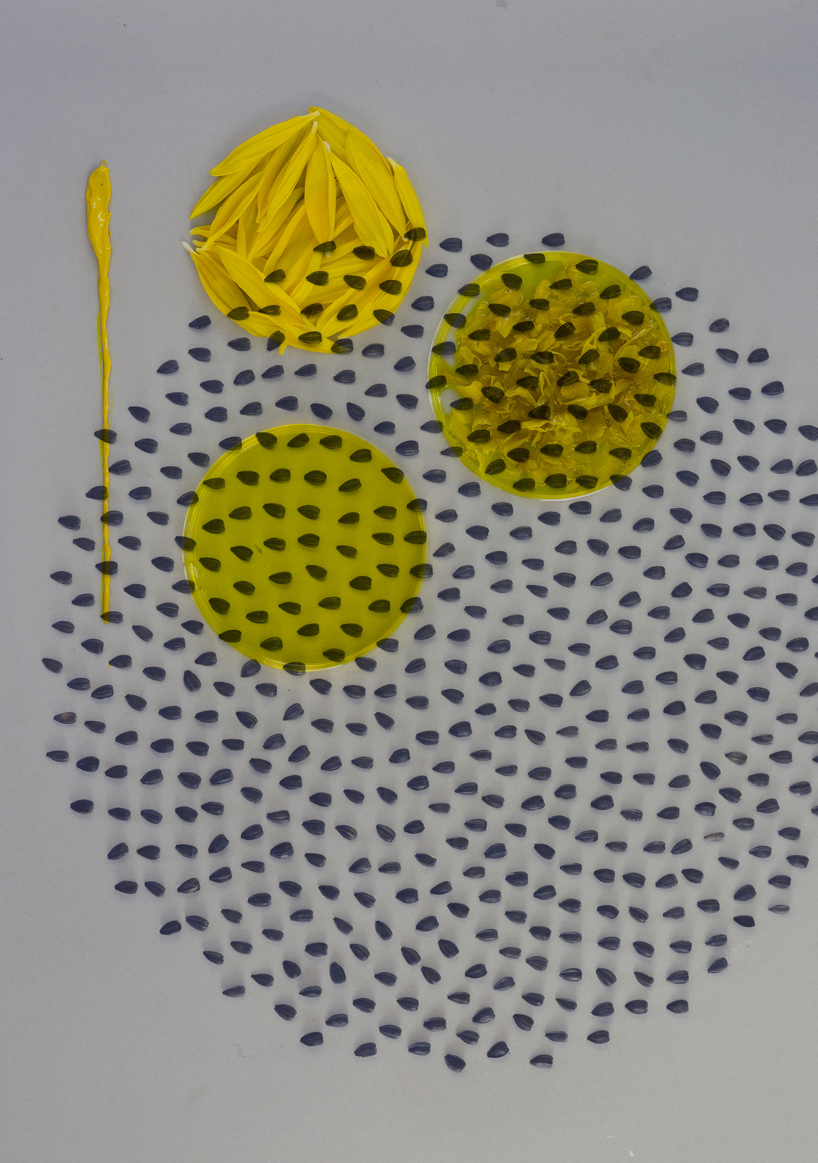
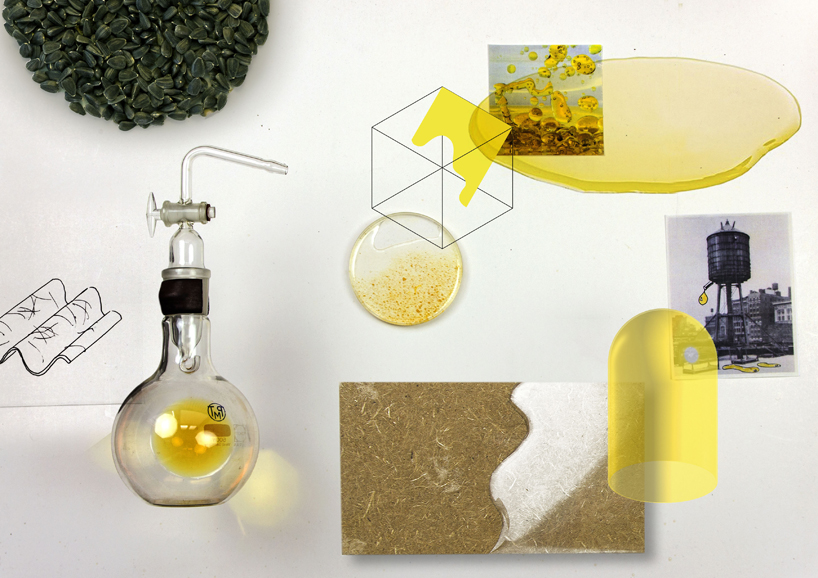

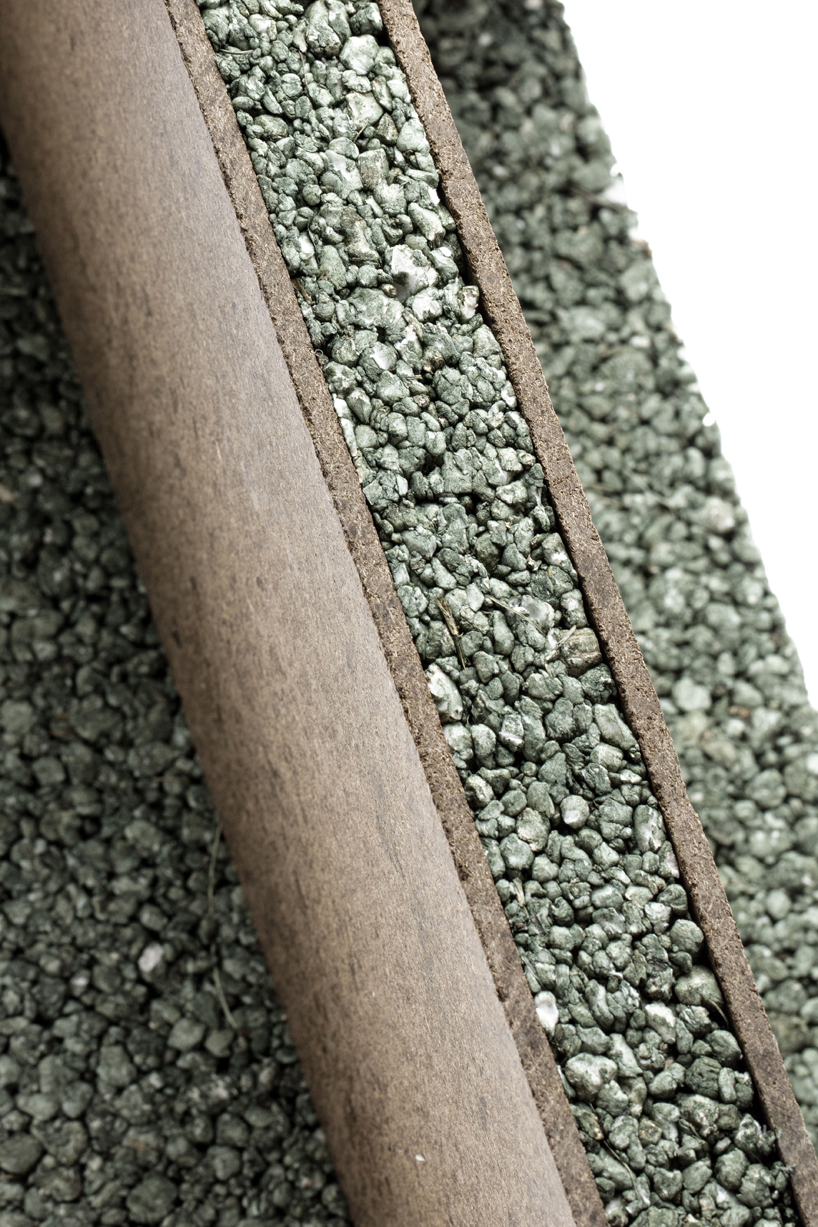
image © atelier luma / victor picon
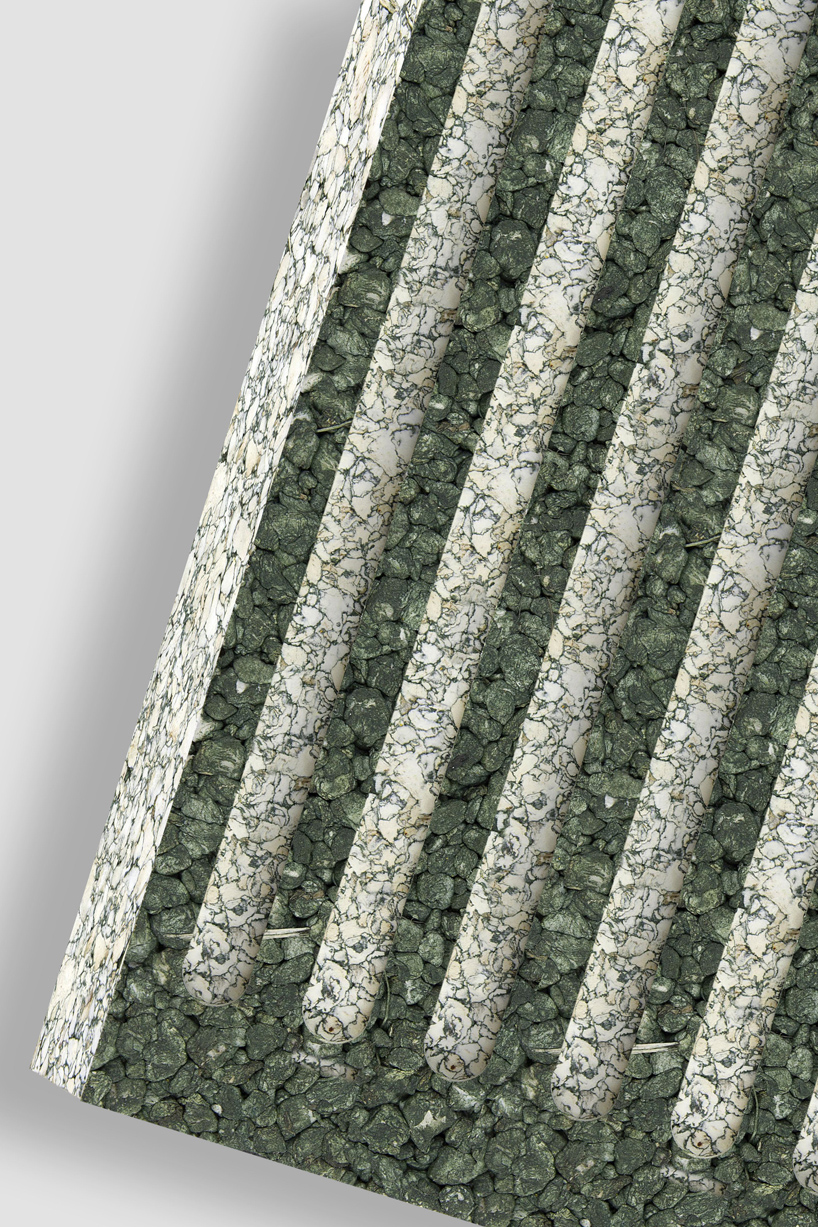
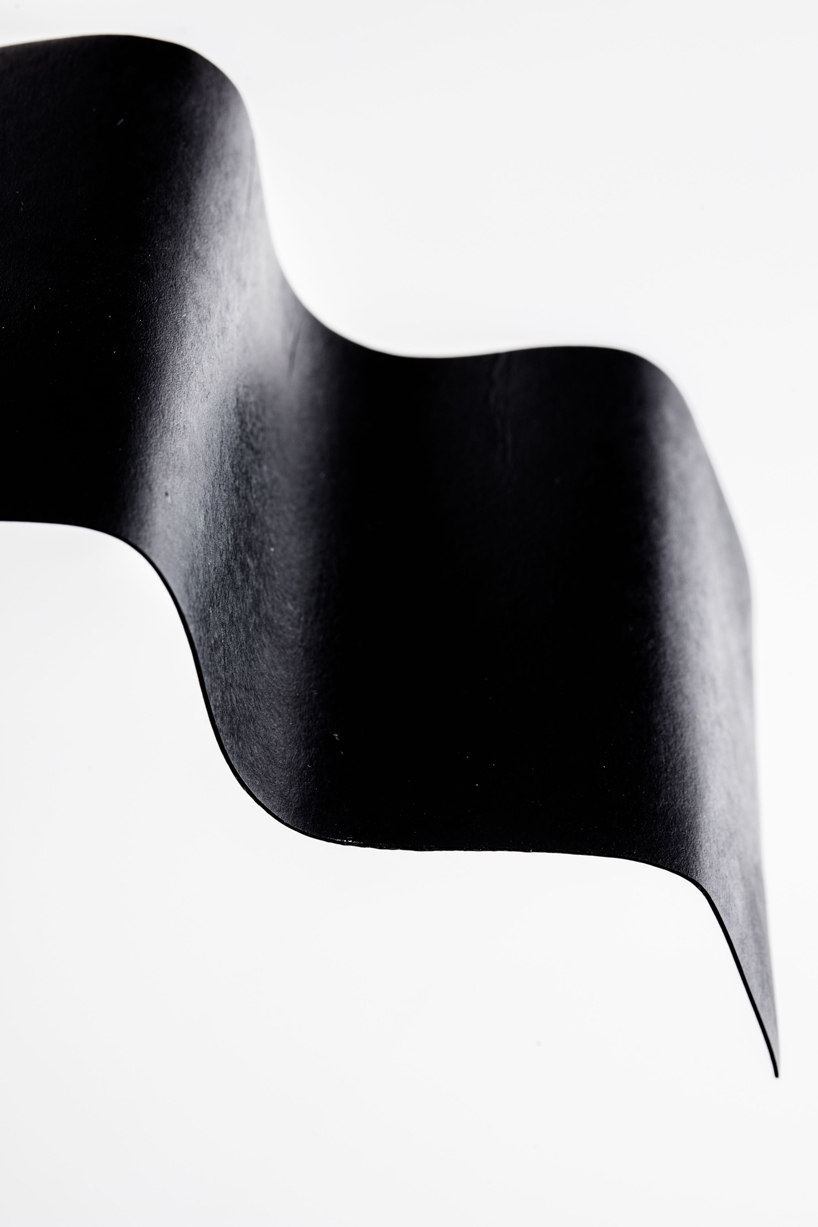
image © atelier luma / victor picon
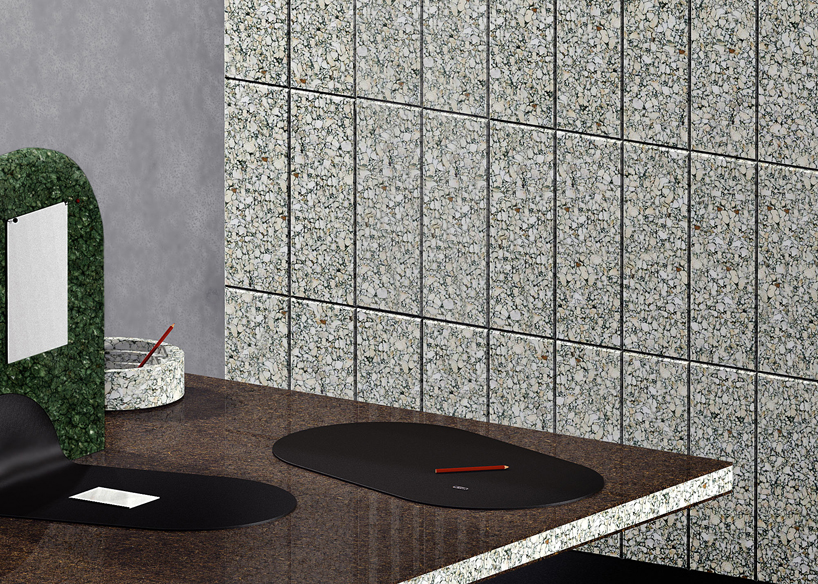
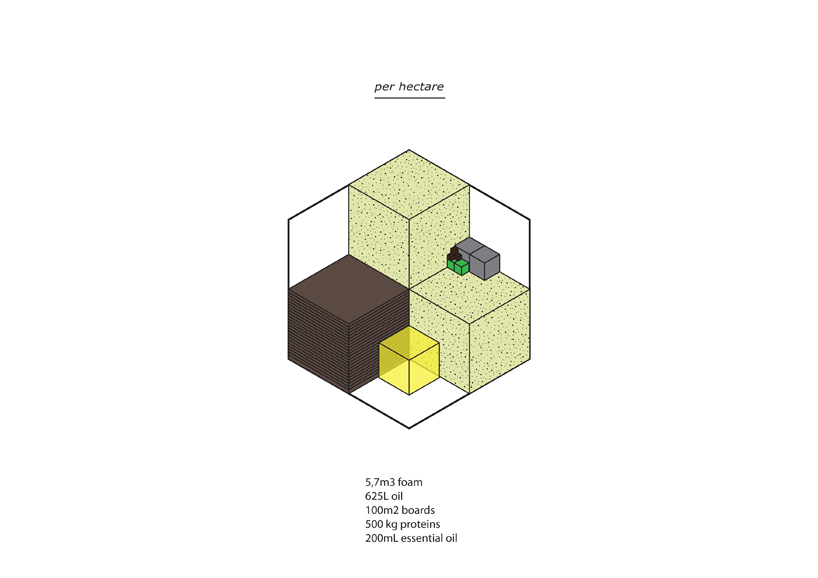
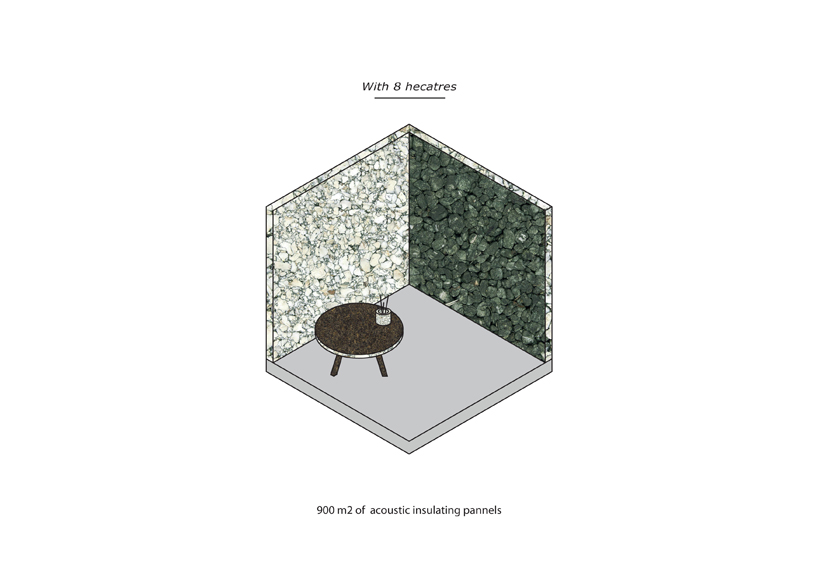
project info:
project name: ‘sunflower enterprise’
concept & design: studio thomas vailly and atelier luma in collaboration with the INRA/INP-ENSIACET laboratory
funding: luma foundation and stimuleringsfonds creative industries
designboom has received this project from our ‘DIY submissions‘ feature, where we welcome our readers to submit their own work for publication. see more project submissions from our readers here.
edited by: lynne myers | designboom
